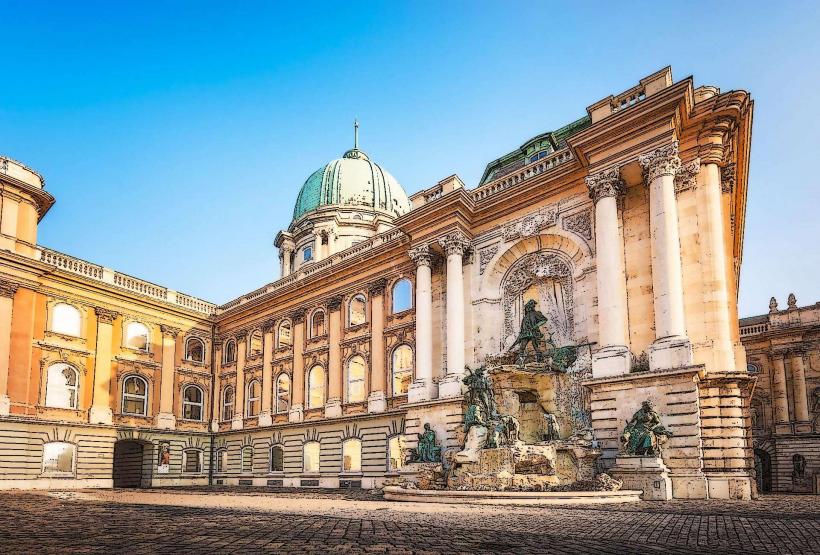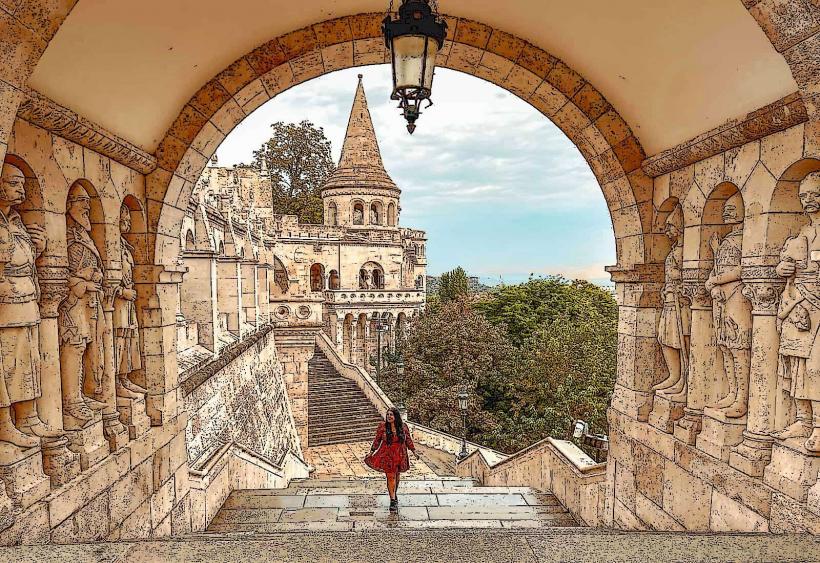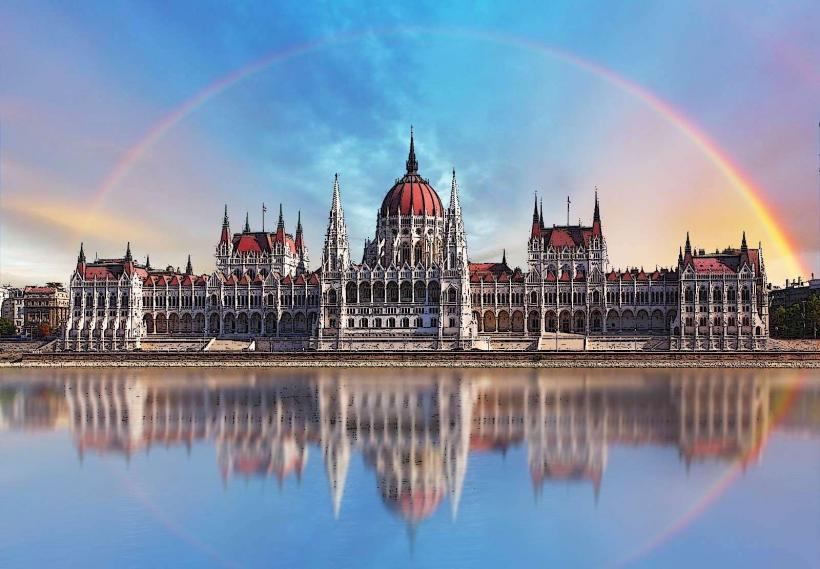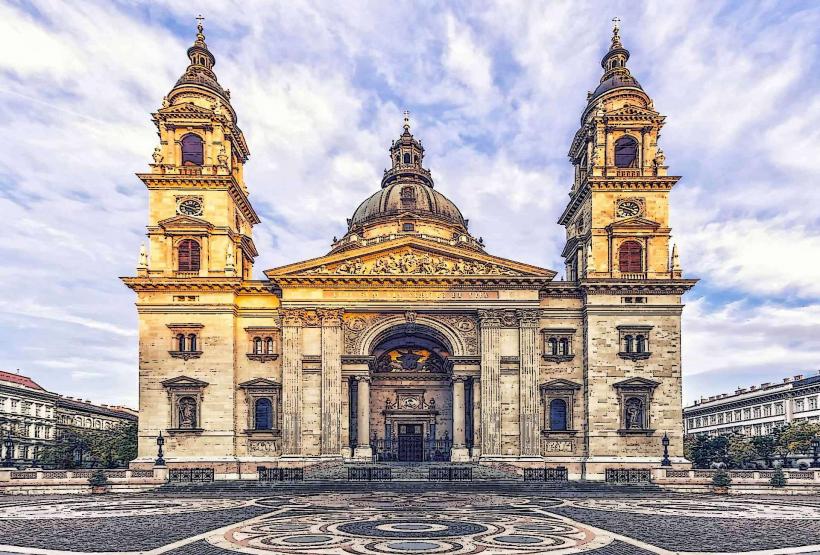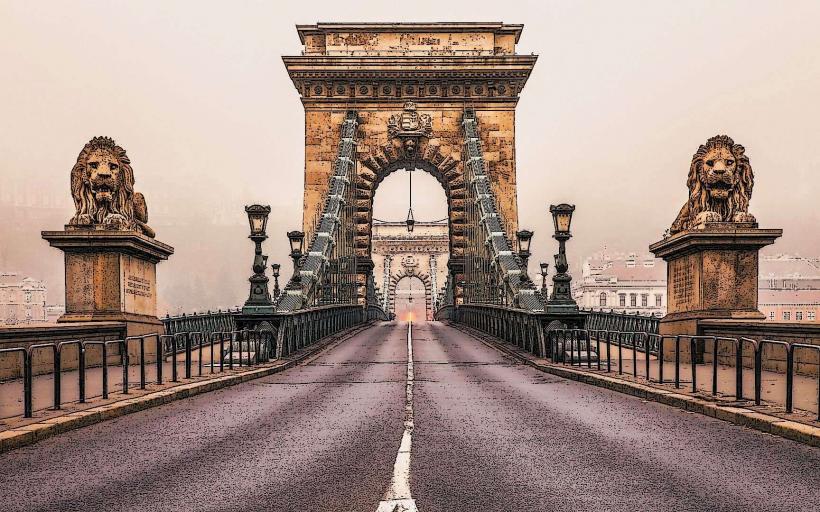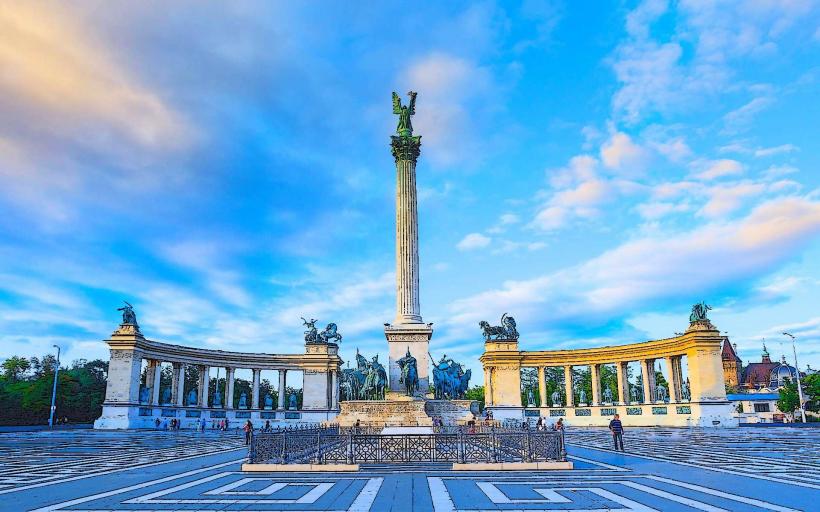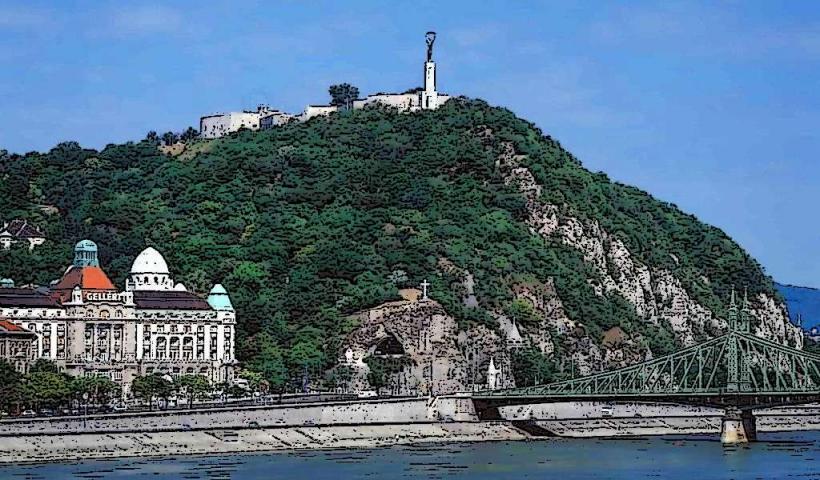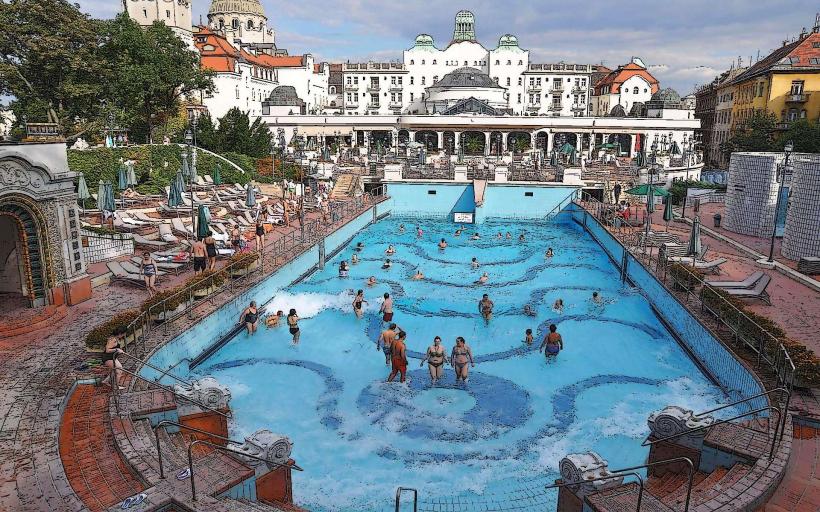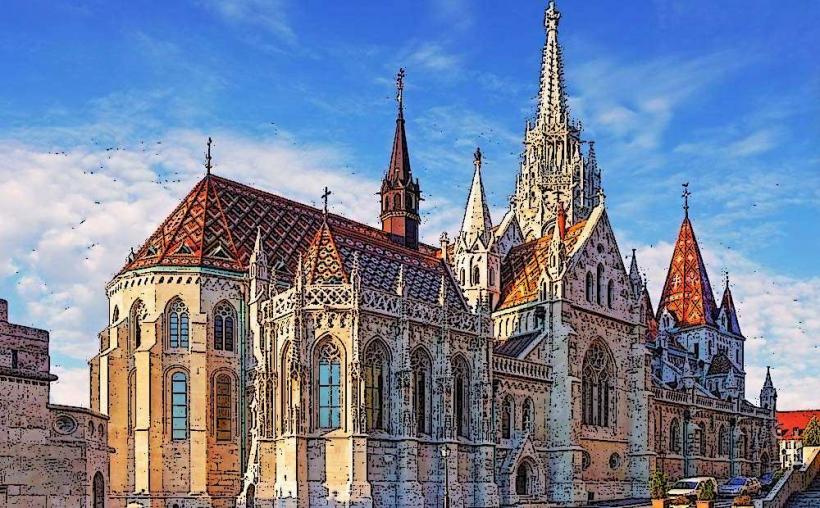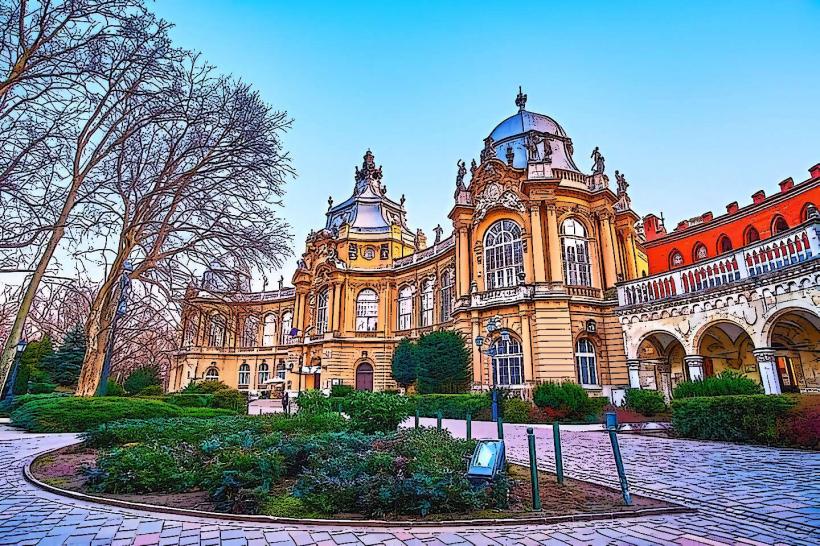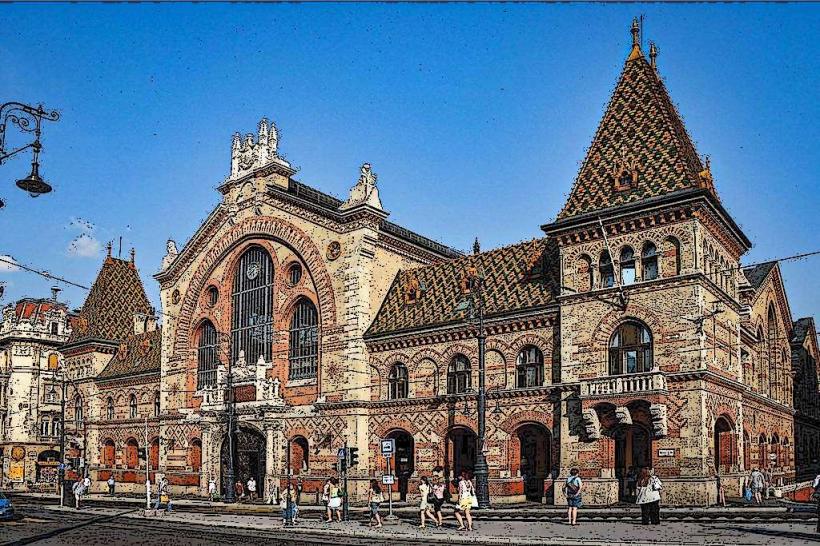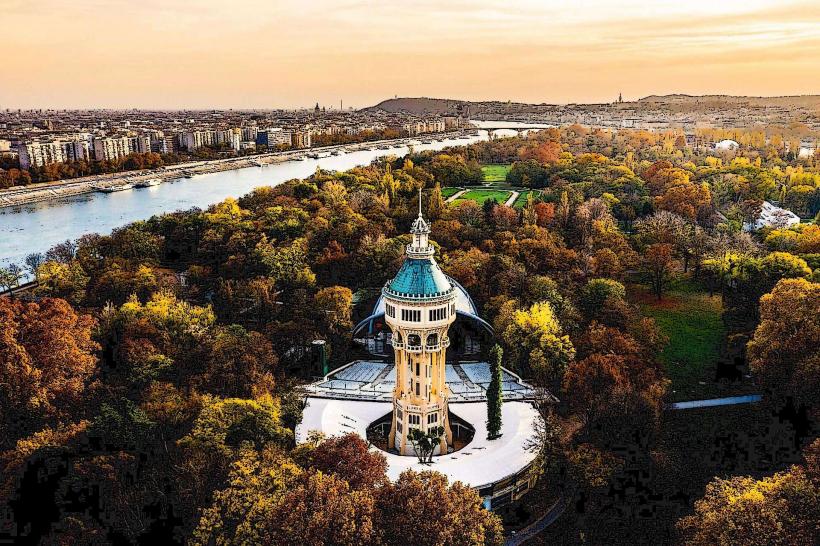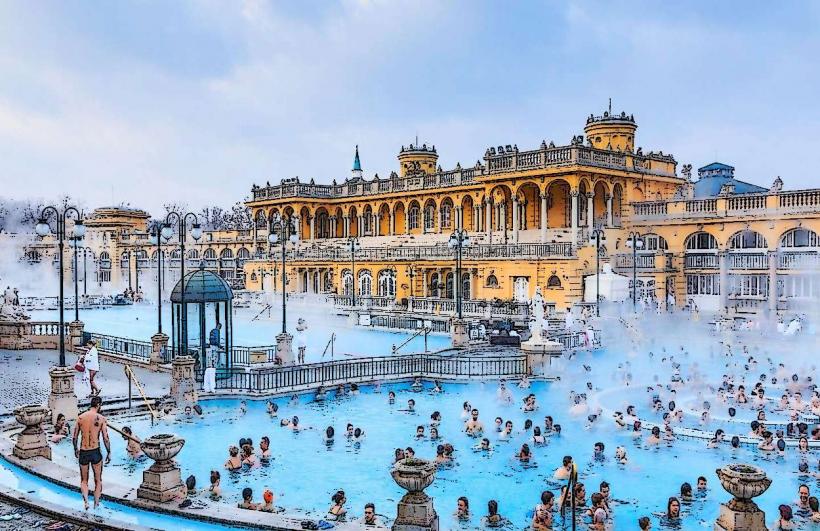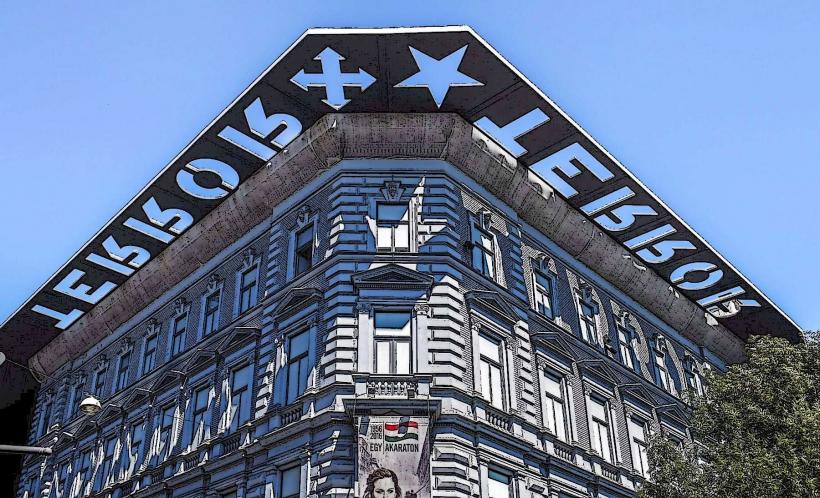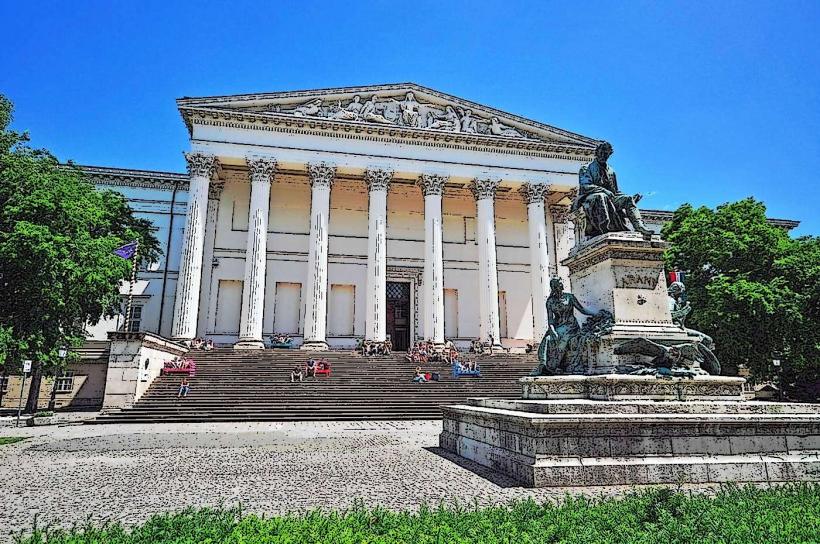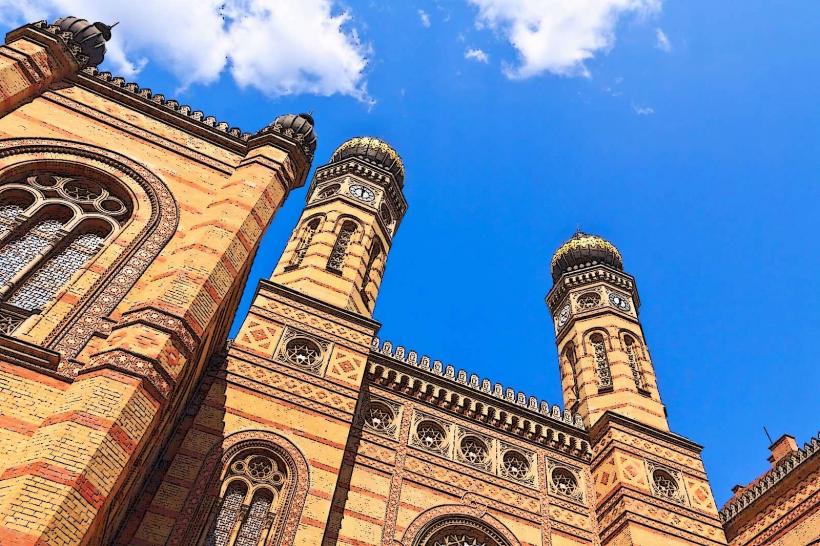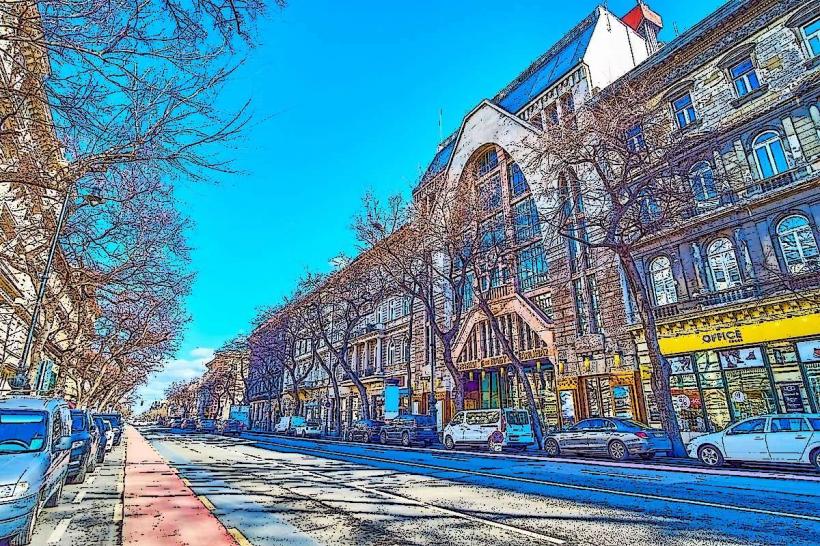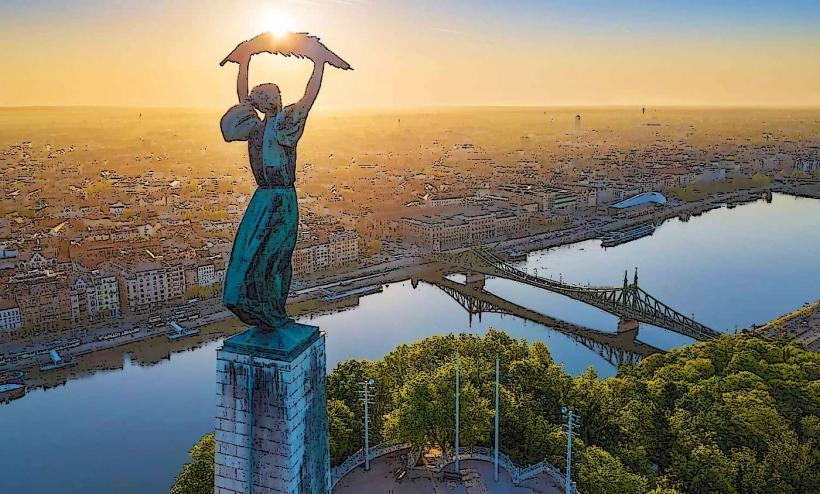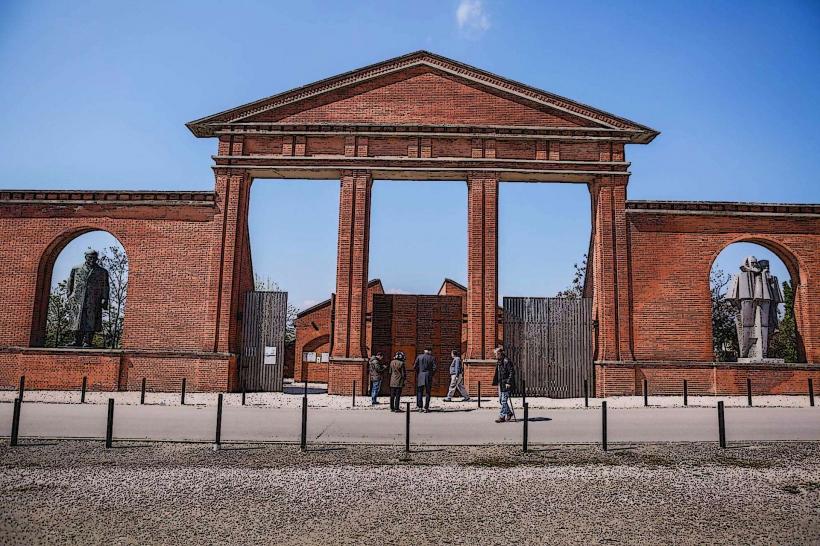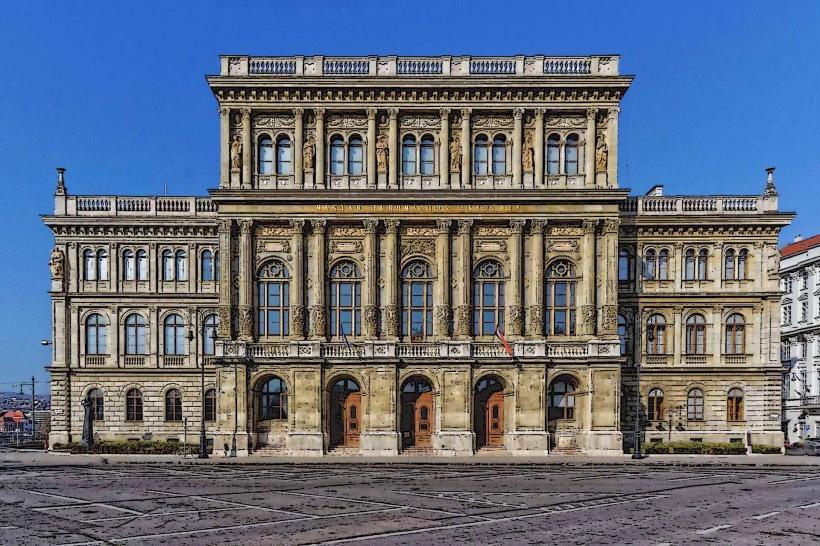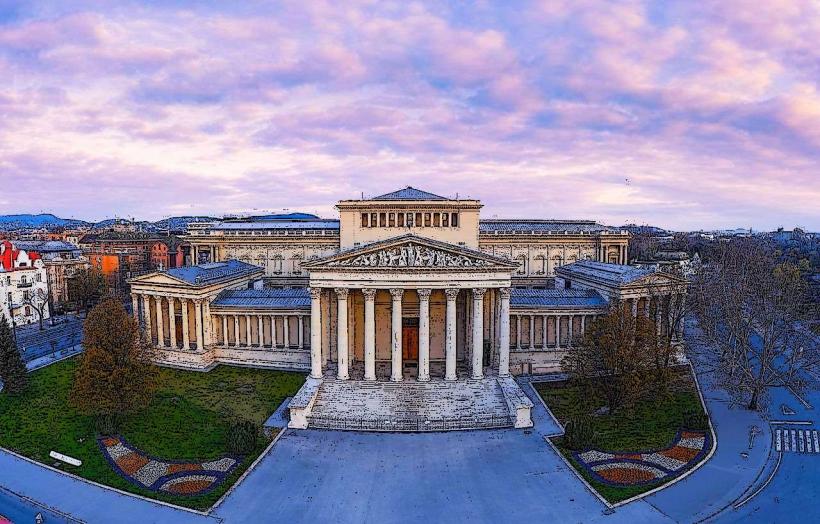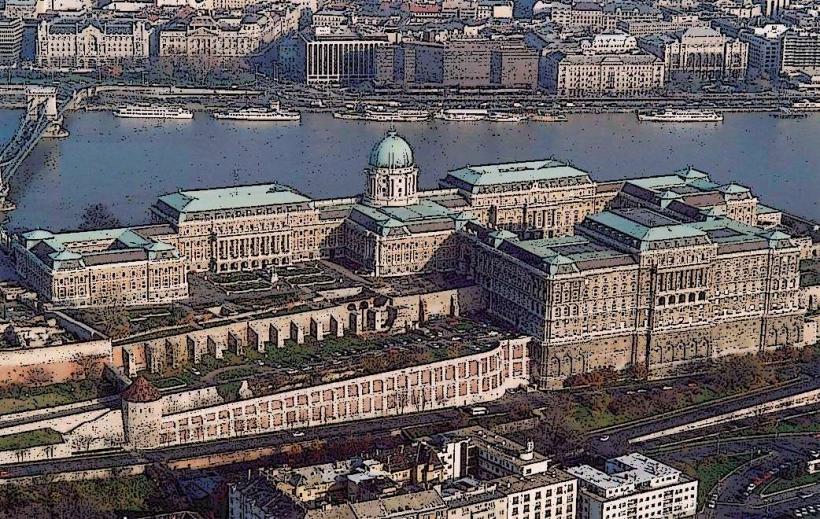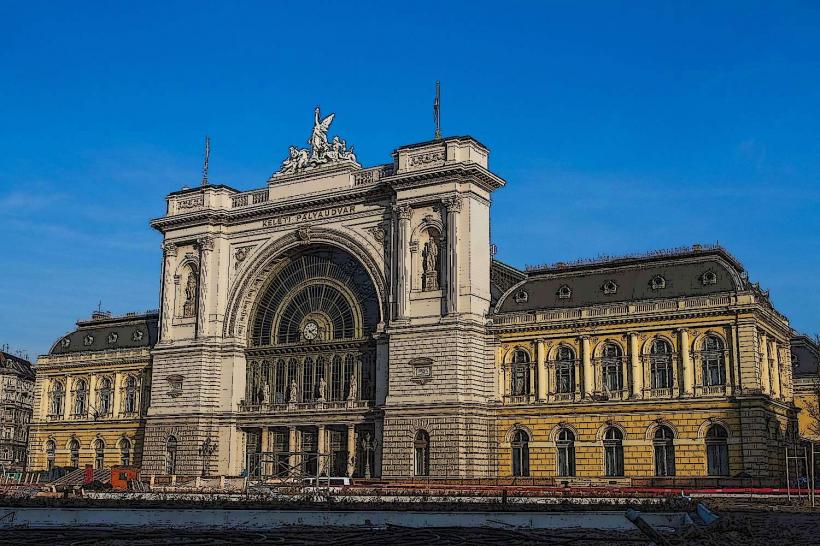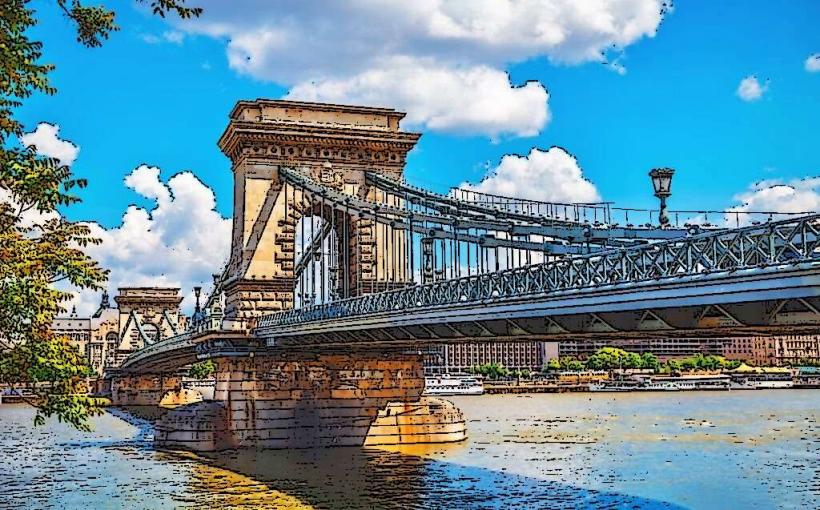Information
Landmark: Hungarian State Opera HouseCity: Budapest
Country: Hungary
Continent: Europe
The Hungarian State Opera House (Hungarian: Magyar Állami Operaház) is one of Budapest’s most renowned cultural institutions, celebrated for its stunning architecture, rich history, and world-class performances. It is widely considered one of the most beautiful opera houses in the world, drawing visitors from all over the globe.
History
Construction: The Hungarian State Opera House was designed by the Hungarian architect Miklós Ybl in 1875, with construction starting in 1875 and completed in 1884. The building was commissioned by the Hungarian aristocracy and the government to promote national culture and arts in Budapest, at a time when Hungary was part of the Austro-Hungarian Empire.
Opening: The Opera House officially opened on September 27, 1884, with a performance of Mozart’s Don Giovanni. Since then, it has been the main venue for opera, ballet, and classical music performances in Budapest.
Renovations: In the 2000s, the Hungarian State Opera underwent significant restoration work to preserve its grandeur and improve the acoustics and facilities. The renovation, completed in 2006, aimed to maintain the building's historical features while updating it for modern performances and audiences.
Architectural Highlights
Exterior: The Hungarian State Opera House is designed in the Renaissance Revival style, inspired by the great European opera houses of the 19th century, such as the Vienna State Opera. The building's façade features grand columns, statues, and decorative elements, while the central entrance is crowned with a large, elegant arch.
Facade Decorations: The exterior of the opera house is adorned with statues of famous composers and performers, including Beethoven, Mozart, and Verdi, celebrating the rich history of classical music and opera.
Interior Design: Inside, the Opera House is a masterpiece of neo-Renaissance design. The main auditorium has a seating capacity of around 1,260, with opulent details such as gilded balconies, crystal chandeliers, and velvet curtains. The ceiling fresco by Károly Lotz depicts the nine muses of classical mythology, paying tribute to the artistic inspiration behind opera and music.
Staircase and Foyer: The grand staircase and foyer are stunning, with marble floors, intricate woodwork, and golden accents, giving visitors the feeling of entering a majestic palace. The foyer is often used for gatherings before performances.
Acoustics: The acoustics in the Hungarian State Opera House are considered excellent, designed to ensure that sound reaches every seat in the auditorium clearly and evenly. The building’s architects worked closely with acousticians of the time to achieve superior sound quality, making it a highly respected venue for music lovers.
Opera and Ballet Performances
Opera Performances: The Hungarian State Opera House hosts a wide variety of opera productions, ranging from the works of famous composers like Verdi, Puccini, and Tchaikovsky, to Hungarian operas by composers such as Ferenc Erkel and Zoltán Kodály. The opera company frequently performs both traditional and contemporary pieces.
Ballet Performances: In addition to opera, the venue is renowned for its ballet performances. The Hungarian National Ballet, one of the oldest ballet companies in Europe, regularly performs here, presenting classical works like Swan Lake and The Nutcracker, as well as modern ballet productions.
Concerts and Events: The Hungarian State Opera House also hosts concerts, galas, and festivals, featuring symphonic music, operatic excerpts, and chamber music. Its repertoire includes both Hungarian and international productions, with performances by leading international soloists and conductors.
The Hungarian National Opera House Complex
The Opera House and the Erkel Theatre: The Hungarian State Opera House is part of the Hungarian National Opera complex, which also includes the Erkel Theatre. The Erkel Theatre, a larger and more modern venue, serves as an auxiliary performance space for larger-scale productions and operas that require more seating capacity. While the Hungarian State Opera House is the primary venue for high-profile performances, both theaters contribute to Hungary's vibrant opera scene.
Opera Tours: Visitors to Budapest can explore the rich history of the Hungarian State Opera House through guided tours. These tours allow guests to visit areas not accessible during performances, such as backstage areas, dressing rooms, and the stage itself. The tours offer insights into the opera’s history, architecture, and the significance of opera and ballet in Hungarian culture.
Visiting the Hungarian State Opera House
Location: The Hungarian State Opera House is located on Andrássy Avenue, one of Budapest's most famous boulevards and a UNESCO World Heritage Site. It is easily accessible by public transportation, including the M1 Metro line (Opera station).
Tickets and Performances: Tickets for performances can be purchased online or at the Opera House box office. Prices vary depending on the performance, with discounted tickets available for students, seniors, and residents of Hungary.
Dress Code: Although there is no strict dress code for attending performances, many visitors choose to dress elegantly when attending the opera or ballet, in keeping with the venue’s historic and prestigious atmosphere.
Gift Shop and Café: The Hungarian State Opera House has a gift shop where visitors can purchase opera-related memorabilia, such as music CDs, books, and souvenirs. There is also a café inside the building where patrons can relax before or after performances.
Conclusion
The Hungarian State Opera House is not only an architectural jewel but also a cultural hub, offering world-class opera, ballet, and music performances in a grand setting. Its stunning design, excellent acoustics, and rich history make it one of Budapest’s most iconic landmarks, attracting both tourists and locals who are passionate about the arts. Whether you're attending a performance or simply admiring the beauty of the building, the Hungarian State Opera House provides a truly memorable experience.

